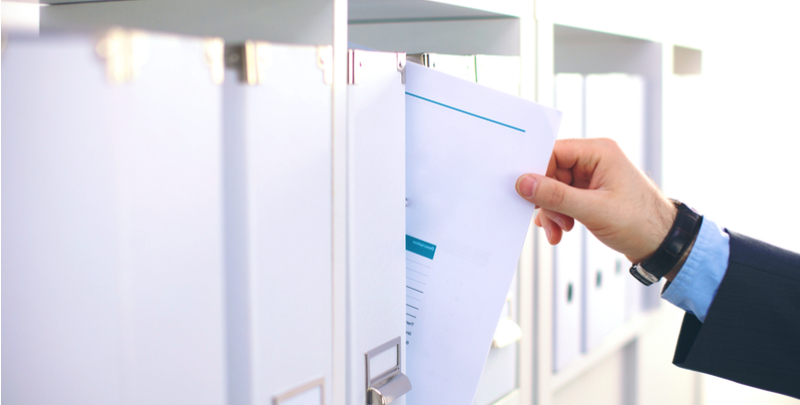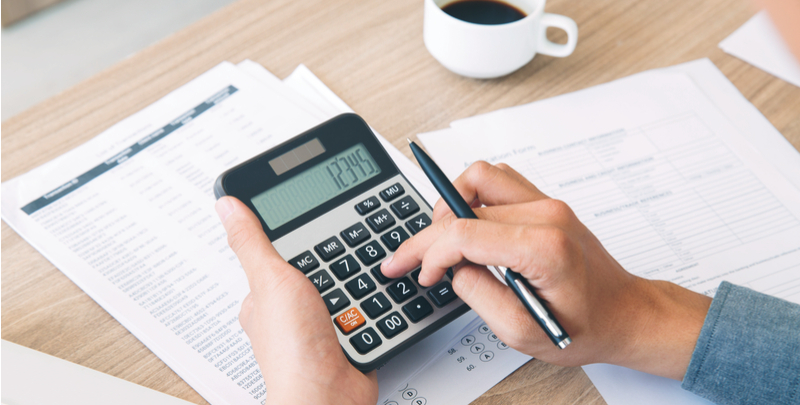Hiring Employees in Mexico: US Guide
Explore the process of hiring employees in Mexico to successfully navigate the legal and cultural considerations when expanding your workforce across borders!

As a business, you probably have experience invoicing UK customers. But when it comes to invoicing customers abroad, there are many differences you need to keep in mind. If you’re not familiar with it, it can be a complicated process.
To help you out, here’s an overview for UK companies selling goods or services to customers elsewhere in the EU - and some of the most common scenarios you’ll encounter.
Currently the 27 EU member states, excluding the UK, are:

You can invoice in whatever currency you and your customer agree on. The only condition is that tax due is shown in the local currency – for example if UK VAT applies, the total VAT must be shown in pounds sterling.
Nineteen of the EU states use the Euro as their only currency, and they are as follows:
The other EU member states have their own national currencies.²

VAT invoices are important documents for tax purposes, so it's essential these meet requirements. The consequences of getting this wrong can impact your customers too, as the VAT invoices you provide serve as evidence of their potential right to deduct or reclaim VAT.³
VAT invoices are not always strictly required according to European VAT law, however you are generally obliged to provide a valid VAT invoice upon request. There are other commercial reasons why you may need to issue invoices.⁴
You can issue summary invoices, provided you do so at least once a month.
Credit and debit notes have to follow all the same rules, and must state "credit note" or "debit note" on the document. Credit notes must also state the reason they’re being issued and refer to the original invoice number and date - unless possible to prove by other means that VAT was accounted for on original supply.⁵

For UK tax and VAT purposes, you should keep both sales and purchase invoices for at least six years.⁶
If you’re registered for VAT MOSS (Mini One Stop Shop), you’re required to keep records for ten years. The MOSS service is for businesses that sell digital services to consumers elsewhere in the EU.⁷
You can store the invoices wherever you wish, but you’ll need to ensure the integrity and readability of the data. You’ll also need the ability to access them at any time without delay; HMRC can visit your business to ensure your records are in order.

The details of charging VAT differ depending on if you’re selling goods or providing services.
If you’re not registered for VAT, you should not charge VAT. Avoid confusion by not mentioning VAT on your invoices. However, you could have an obligation to register for VAT in the UK and potentially in other countries where you are selling goods and services. Always seek professional advice if you are unsure of the requirements. You can also find guidance from HMRC on whether you need toregister for UK VAT via the Gov.UK website.
Business to consumer (B2C) supplies of goods may be subject to UK VAT or local VAT where the EU customer is located.
Business to business (B2B) supplies of goods may be zero rated, but only with appropriate evidence of customer status and the removal of the goods from the UK. Business to customer (B2C) supplies follow different rules, and could be subject to UK VAT or local VAT, depending on your specific circumstances.⁷
There are some exceptions, so it’s always worth checking with a qualified accountant who specialises in VAT. For full details and definitions, always refer to official sources for further information.
If you’re selling services to an EU customer without a VAT Identification number (ID), you may need to charge UK VAT unless a specific exemption applies.⁸
If you’re selling services to a business customer who provides you with an EU VAT ID, you generally do not need to charge VAT. However, there are some additional invoicing and reporting requirements.
Keep in mind, however, that there are exceptions. You may need to get the view of a VAT specialist to confirm.

To comply with EU regulations, you’ll need to make sure that you include all of the information required. You can find details on UK VAT invoice requirements on the HMRC website, and guidance on EU-wide invoicing rules here.
Finally, you may want to add further information for your customer’s benefit, or your own. For example, you might include a purchase order number or a phone number for any queries.

You must also consider how you want to pay suppliers and paid by international clients.
If you’re invoicing in sterling, then there’s no exchange rate risk because your customer will be paying in your local currency.
If you’re invoicing in another currency but being paid in pounds, your bank will charge for changing that money into sterling.
Usually there’s a set fee for exchanges — however, there’s also an additional profit added in by banks and money transfer services, which is much higher. Companies who routinely make international transfers give their customers a worse exchange rate than the one you can find on Google or with online currency converters. If you research the amount you should receive, and the amount you actually receive, you’ll notice banks and transfer services take large cuts via poor exchange rates. This means overall charges stack up quickly.
If you want to avoid high bank charges and unfair exchange rates and save a lot of money, use Wise to request your payment. You’ll get a unique link to add to your invoice. Your customer will need to sign up for Wise or download the app — from there, they can click on the link and see your request. If they are paying from a business, a heads up they will need to go through business verification first. But once they’re all set up, they can pay your request links any time.
Or, better yet, create a Borderless account where you can get paid like a local and generate bank details for the EU, the US and the UK. You’ll sign up, add a profile for business, go through a one-time verification process, and then you’re all ready. As an added bonus, you can also store and pay out your money in dozens of currencies.
Like with all other international payments on Wise — you and your customer always get the real mid-market exchange rate — the same one you find on Google. Which means Wise may save you up to seven times as much than if you had just used your bank.
Make sure you don’t lose out when you’re invoicing across Europe.

It’s important to know this article covers the most common situations but isn’t meant to serve as a substitute for a professional. If yours is more complicated in any way, it’s essential to get advice from an expert.
Sources used:
1.European Commission: EU Countries
2.European Commission: EU Countries - EUR
3.European Commission: VAT Invoicing Rules
4.VAT Guide
5.VAT Business: Returned Goods
6.https://www.gov.uk/running-a-limited-company/company-and-accounting-records
7.European Commission: MOSS Scheme
8.European Commission: VAT Identification Numbers
Sources checked on 9 August 2019.
*Please see terms of use and product availability for your region or visit Wise fees and pricing for the most up to date pricing and fee information.
This publication is provided for general information purposes and does not constitute legal, tax or other professional advice from Wise Payments Limited or its subsidiaries and its affiliates, and it is not intended as a substitute for obtaining advice from a financial advisor or any other professional.
We make no representations, warranties or guarantees, whether expressed or implied, that the content in the publication is accurate, complete or up to date.

Explore the process of hiring employees in Mexico to successfully navigate the legal and cultural considerations when expanding your workforce across borders!

What is a global contractor? Uncover the intricacies of managing a global workforce with our guide. Gain valuable tips and insights for contractor management!

Learn efficient payment strategies with our guide on how to pay remote workers in Canada. Find out how to streamline payroll, ensure compliance & save money!

Expand your team globally by discovering essential insights and money saving tips on hiring remote employees in other countries!

Learn more about global payment methods: 1. Wise 2. Wire Transfers 3. International ACH 4. Direct Debit and Bank Transfer 5. Paper Checks 6. Credit Card

Pave the way for your business venture in Mexico with our guide on starting a business in Mexico as a foreigner. Navigate the regulatory landscape and embark on